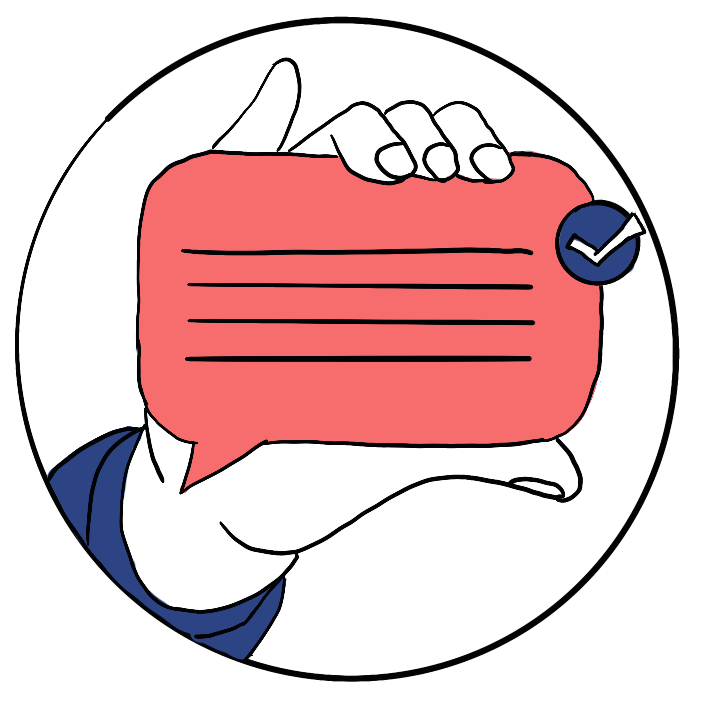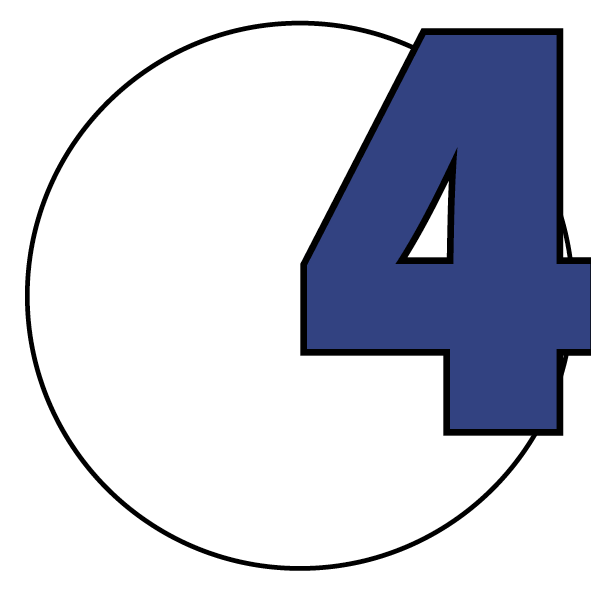
Journalists often research their own reporting from media releases. Therefore, your media material should be meeting certain criteria, so editorial professionals notice and include it in their own coverage. The most important basics for this and how to write a good media release have been summarised here.

A media release provides information to the media and public. Its primary target group is journalists. They decide whether the story is editorially relevant and if it will receive news coverage. A media release comes very close to the classic news items that journalists themselves pen. They answer the most important Wh-questions (Who? When? Where? What? Why?) already in the first paragraph, the teaser, and should be formulated in that way.


The goal of a media release is to get the public’s attention. Therefore, it will be the media representatives in editorial offices that will be spreading your news. You have to convince them. So, your core message has to be clearly formulated. Doing so makes it easier for journalists to understand the information the media release provides. This also helps you draw their attention to those aspects of the media release most important to you. Your media release’s headline should therefore also mention the core message. Examples of such key messages are the launch of a new product or service, a major management appointment or an award.

Your media release will likely attract media attention if it has news value. Media professionals always have ‘news factors’ in the back of their heads. Such factors are timeliness, relevance, prominence, and unexpectedness. If your media release has at least one of them, it has a higher probability of getting noticed by the media.
Occasions for communication could be current figures from the annual report, winning a new customer, a service anniversary, a merger with another company, product announcement or event.

It is critical to precisely define your target group in order to reach the right journalists in the editorial offices. Offering them topics that match their background or job description makes these media professionals’ work easier and increases the likelihood of them accepting your media and public relations work. Target groups can be enthusiasts or professionals in the field, your clients, competitors or even the other people employed at your company. Maybe only certain sectors may have an interest in your content, it can just be of local interest or even internationally relevant.
So, researching the media landscape is crucial for you and your topics. Find out which editors in what media write about them.
Get to know how the media you are targeting work and what their requirements for media material are. The timing of your key media is also important. Depending on how often they publish, editorial conferences are held daily, weekly or just monthly. This is important to know, because it is at these conferences where the next issue’s topics are determined. Finally, when it involves print media, you should know the editorial deadlines. These vary greatly depending on the publication schedule for the newspaper or magazine: Daily newspapers are (naturally) published every day, while weekly magazines go to press two to five days before they are scheduled for release. On the other hand, professional journals and trade magazines are often only published every six to eight weeks and the editorial deadline is between one and two weeks prior to publication.
renteriaAs a rule, a media release usually consists of a headline, an introduction (lead or teaser) and the actual text, a boilerplate and the media contact.


The headline is the most important component of any media release and determines if it is ever going to be read at all. It is so important, because people in editorial offices have only a few seconds to decide, due to the sheer volume of media material that reaches their desks every day, whether to read on or not. So, it should be brief and concise.

The introduction (also called lead or teaser) contains the most significant facts. It should arouse the reader’s curiosity and encourage him or her to read on. Here you answer the earlier mentioned Wh-questions (who, what, when, where, how, and why). This lets you describe the news item’s core statements and give your readers the opportunity to grasp quickly whether the news item is relevant to them. The lead needs to be no more than between three and five sentences long.
What are the Wh-questions?

The main body of your media release, which can be from the second to fifth paragraph, gives further details and describes the background information in more detail. These paragraphs answer the less critical Wh-questions. It is advisable for longer texts that contain several aspects to divide the entire text into well-arranged paragraphs. Quotes from your company’s top people or your product management team can also be included in the body of the media release. Keep them short and concise and in no case should there ever be hollow clichés.

Boilerplates are the short pre-written sections that contain basic information about the company or organisation. They can be the number of employees, the date the company was established or its product range. Boilerplates appear at the end of the media release. They save media professionals valuable time that would have otherwise been spent researching the story. Never skip putting the contacts under your media release. Providing a media contact makes it easier for journalists to get in touch quickly if they have any further enquiries.

Visual elements attract more attention to your media release. making the message more vivid and memorable. Including images, graphics or videos in your media release raises the probability that media representatives will notice your information. Therefore, your media release should always have visual material attached. Here it is crucial that the material meets journalistic standards. So, avoid logos on the photo of your CEO or overly exaggerated corporate identity features.
Pay attention to the resolution of the images you include (300 dpi for print, 72 dpi online). In addition: provide your motif in both portrait and landscape formats. This makes it easier for journalists to choose the right image for the medium.
Another important point: is to clarify the rights of use to the images, videos or audios and your source information. These have to be legally impeccable.

An up-to-date and well maintained media distribution list is crucial to making sure your media release reaches the right target groups. Building up a media distribution list takes a lot of time and effort, is resource intensive and requires constant maintenance and updating of media contacts. This is where outsourcing to external service providers like news aktuell can relieve you from such hard work.
Free request